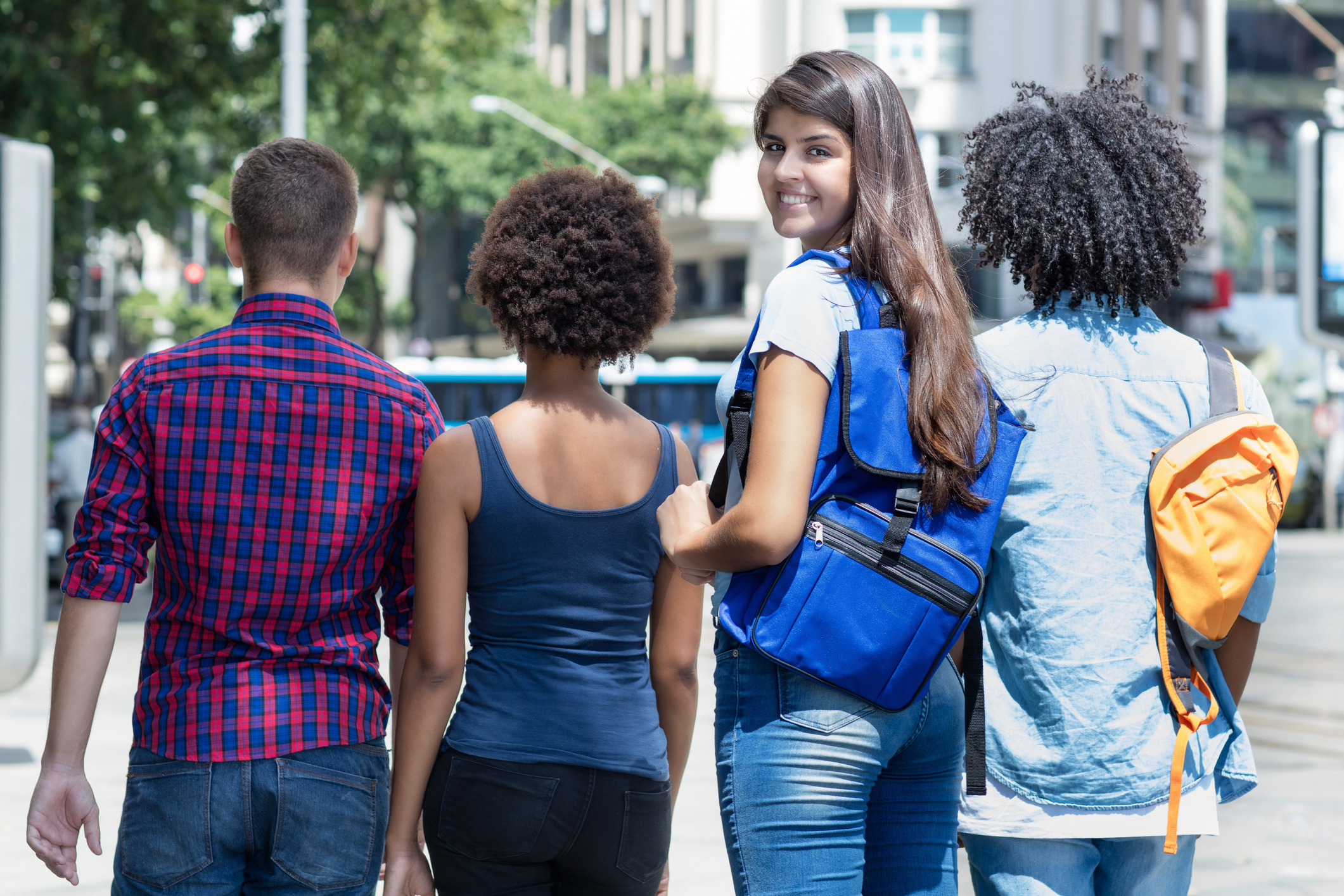Subscribe for Updates

Through Search Institute, I’m able to talk about the science of motivation and relationships with educators from all over the country, and from all corners of the education field: teachers seeking to enhance their classroom practices, school leaders hoping to create more motivating and relationship-rich school cultures, district administrators looking for improvements with sturdy evidence bases, and so on.
And as the field’s attention to social-emotional learning (SEL) grows, the circle of education folks I’m working with only continues to widen. They find our research insights compelling, and they believe bringing research like ours into their practices is important for students’ academic and personal development–and in turn their schools’ continuous improvement.
A very common question I get from these educators, though, regards implementation.
“I see what I should be keeping in mind,” they regularly say to me, “but how can we make that happen with kids?”
It’s a great question. In fact, at this stage of the current SEL Moment, it might be the question.
After all: Having promising insights from research is one thing; effectively applying those insights in educators’ practices and generating desired benefits is entirely another. This is especially true when we’re talking about influencing the complex and hard-to-observe social-emotional workings of young people. (For more on the distance between those two states, see growth mindset guru Carol Dweck. In recent years, she has had a lot to say about how educators have applied her work.)
SEL: What the Experts Say
Fortunately for the field, several experts seem dead-set on making sure the promise of SEL doesn’t get ground up in the gears of faulty practical implementation. They are working hard to understand–and broadcast–what it takes to positively develop young people socially and emotionally, as well as how educational institutions can intentionally and widely create such positive development.
Leading developmental psychologists like the University of Texas at Austin’s David Yeager, for example, are continuing to learn more about which types of social-emotional interventions “work” for which kids and why. His research suggests that educators should think more about creating social-emotional effects through practices that young people process as unintentional–woven together with academic content as possible, in other words, and not separated out as their own explicit SEL-building programming.
Relatedly, multiple think tanks and working groups are observing school environments to learn more about the conditions necessary for providing effective social-emotional learning more widely and intentionally. (Incidentally, these groups are largely confirming what the Yeager work above suggests: SEL effects are greatest in school systems that offer SEL-productive practices and cultures than any particular programs.) Two particularly useful resources were released in recent months: the Collaborative for Academic, Social, and Emotional Learning (CASEL*)’s Guide to Schoolwide SEL, which helps educators to “organize, implement, and focus SEL efforts”, and CORE Lessons, a report and recommendations from Georgetown University’s FutureED think tank that was built out of a several-years-long project with a number of large California school districts.
I suggest you take a look at these resources for yourself. No matter where you and your school may be on your SEL journey, they offer some very useful reminders and recommendations for moving forward. Without giving too much away about them I’ll say that, while they are in very different formats, they overlap on a number of key implementation themes–ones that should be considered closely by anyone seeking to create richer SEL environments. The importance of securing sufficient school/district infrastructure to determine and plan SEL improvements, for example, rings through both the CASEL and FutureED work. Also, both resources strongly recommend thoughtfully prioritizing and limiting the number of SEL improvement strategies schools take on at once.
So How Do We “Make SEL Happen?”
…which all returns me to the beginning of this post, those implementation-related questions I’m so often asked by educators in the field. As I detoured to discuss how crucial it is for the field to ask (as well as some of the great thinking going on in anticipation of the question), I didn’t address just how I answer it. There’s no need to go on here about exactly how I answer that question (I’ll go into more detail about that in upcoming Search Institute blogs), but a short answer might look like this:
While organizations like CASEL and FutureED seek to help practitioners make better SEL-related decisions via templates and reports, we at Search Institute do the same via more intensive work with schools. We help them integrate our research and resources into their continuing motivation- and relationship-building practices, all in ways that align strongly with the premiums expressed by the researchers and organizations mentioned above. Our ultimate aims are just as the aforementioned researchers and organizations recommend: to help schools both
- become intentional and focused (based on various data, including Search Institute-created surveys like REACH) with their SEL efforts and
- transform relational practices across their sites (read: not “execute relational programs”) in ways that will increase students’ academic motivation.
In future blog posts, I’ll share more about how Search Institute engages with schools to help them identify, prioritize, plan, design, and monitor their relationship- and motivation-building actions.
*®CASEL 2017. The five social and emotional learning (SEL) competencies were developed and defined by the Collaborative for Academic, Social, and Emotional Learning (CASEL). For more information, visit https://casel.org/core-competencies/
Search Institute
3001 Broadway Street NE #310
Minneapolis, MN 55413
© 2021 Search Institute |
Search Institute is a 501(c)(3) nonprofit charitable corporation. All contributions are tax deductible.